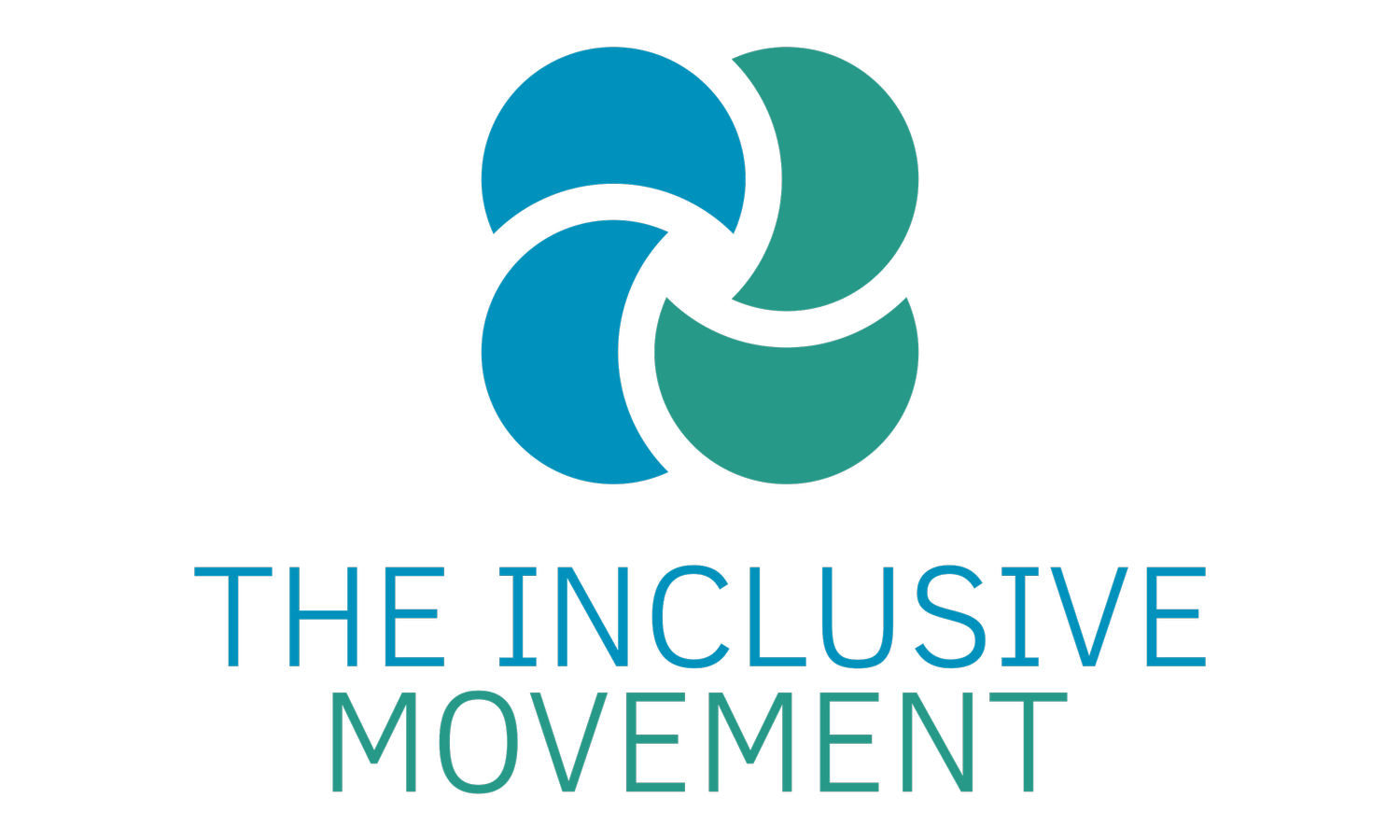How Inclusion Benefits Every Child - Not Just Students With Disability
Inclusion is not the goal - It’s the benchmark. It is not just for some, it’s for everyone.
When a school commits to genuine, rights-based inclusive education, the ripple effects are felt far beyond any one classroom. Inclusion strengthens communities, builds empathy, and prepares every student — with or without disability — to thrive in a diverse world.
But what does this actually look like in practice? And what does the evidence tell us about the benefits?
Inclusion Is a Win-Win: The Research
Research shows that when schools design for inclusion, every student benefits — academically, socially, and emotionally. What can they expect?
Better Learning Outcomes
Students with disability in inclusive settings tend to achieve higher academic outcomes than peers in segregated settings.
Students without disability make equal or greater academic progress — there is no evidence that inclusion ‘holds other students back’.
“All students educated together do as well or better academically than students educated in segregated settings.” — All Means All
When lessons are planned using Universal Design for Learning (UDL), teachers use flexible approaches that make content clearer, more engaging, and more accessible to all learners — not just those who require adjustments.
Example: When a teacher captions videos for a student with hearing loss, all students benefit from visual reinforcement. When tasks are offered in multiple formats (written, visual, spoken), it supports students with diverse learning styles and language backgrounds.
Improved Wellbeing and Sense of Belonging
Inclusion isn’t just about academics — it’s about belonging.
Students who feel seen, respected and safe at school are more likely to:
✔️ Have stronger friendships and peer connections
✔️ Develop better self-esteem and mental health
✔️ Engage positively in learning
This benefits everyone. Classrooms where difference is normalised help reduce bullying, exclusion and stigma. Neurodivergent and disabled students are more likely to thrive. Students without disability develop stronger empathy, communication skills, and respect for others.
Building Communities that Reflect the Real World
Inclusive schools mirror the diversity of our communities. They prepare students for life in a world where we work, play, and live alongside people with different abilities, cultures, identities and ways of thinking.
Example: A child who grows up learning alongside a peer who uses an AAC device learns that communication can look different for everyone — and that’s normal. That child is more likely to grow into an adult who values accessible workplaces and inclusive communities.
Every Classroom Benefits From Inclusion
When teachers plan for inclusion, they often discover tools and strategies that make learning better for everyone:
✨ Flexible seating options help students who fidget + and support any child who learns better when they can move.
✨ Sensory breaks calm overwhelmed students + and help others manage stress too.
✨ Visual timetables help students with cognitive processing differences + and support students who are anxious or new to routines.
✨ Neuroaffirming behaviour supports create safer spaces for emotional regulation - not just for the student with a plan, but for the whole class.
✨ Collaborative problem-solving with families and allied health encourages creative, student-centred solutions that can be adapted for many.
🌿 The Ripple Effect Beyond the School Gate
Inclusion’s impact reaches far beyond the classroom walls. It supports stronger families, resilient communities, and a more inclusive society.
✅ Families feel welcomed as partners, not problems to be fixed.
✅ Communities become more accepting of diversity.
✅ Young people grow up with the mindset that inclusion is normal — not something ‘special’.
This ripple effect continues into adulthood: students who experience belonging and high expectations at school are more likely to have higher self-determination, better mental health, and better participation in work and community life.
Where Can Schools Start?
Inclusion is a journey — and it starts with small, consistent actions.
✨ Learn about the principles of Universal Design for Learning (UDL).
✨ Start with simple reasonable adjustments — flexible spaces, sensory supports, communication tools.
✨ Build relationships with students and families — ask what works, and do more of it.
✨ Celebrate difference — talk openly about disability, neurodiversity, and identity.
